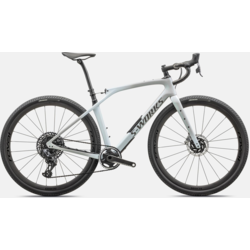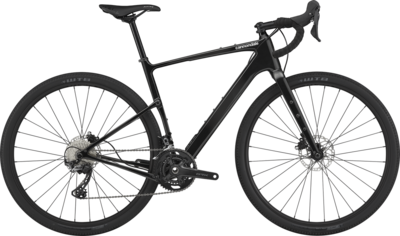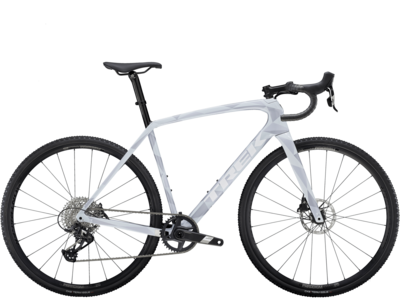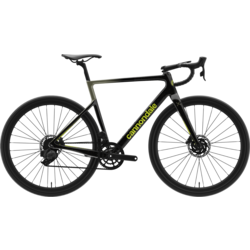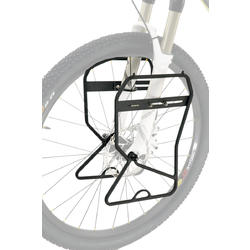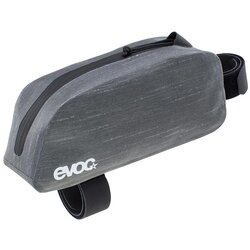Gravel bike buyer's guide
From your first mile off pavement to your five-hundredth, gravel riding ignites something inside us that’s hard to tap into anywhere else. Whether you’re pursuing quiet miles away from town, far-off scenic horizons filled with laughter and friends, a new physical challenge, or something else entirely, we’ve got you covered with all the knowledge, bikes, and gravel gear you need to explore what’s waiting for you down the road less traveled.
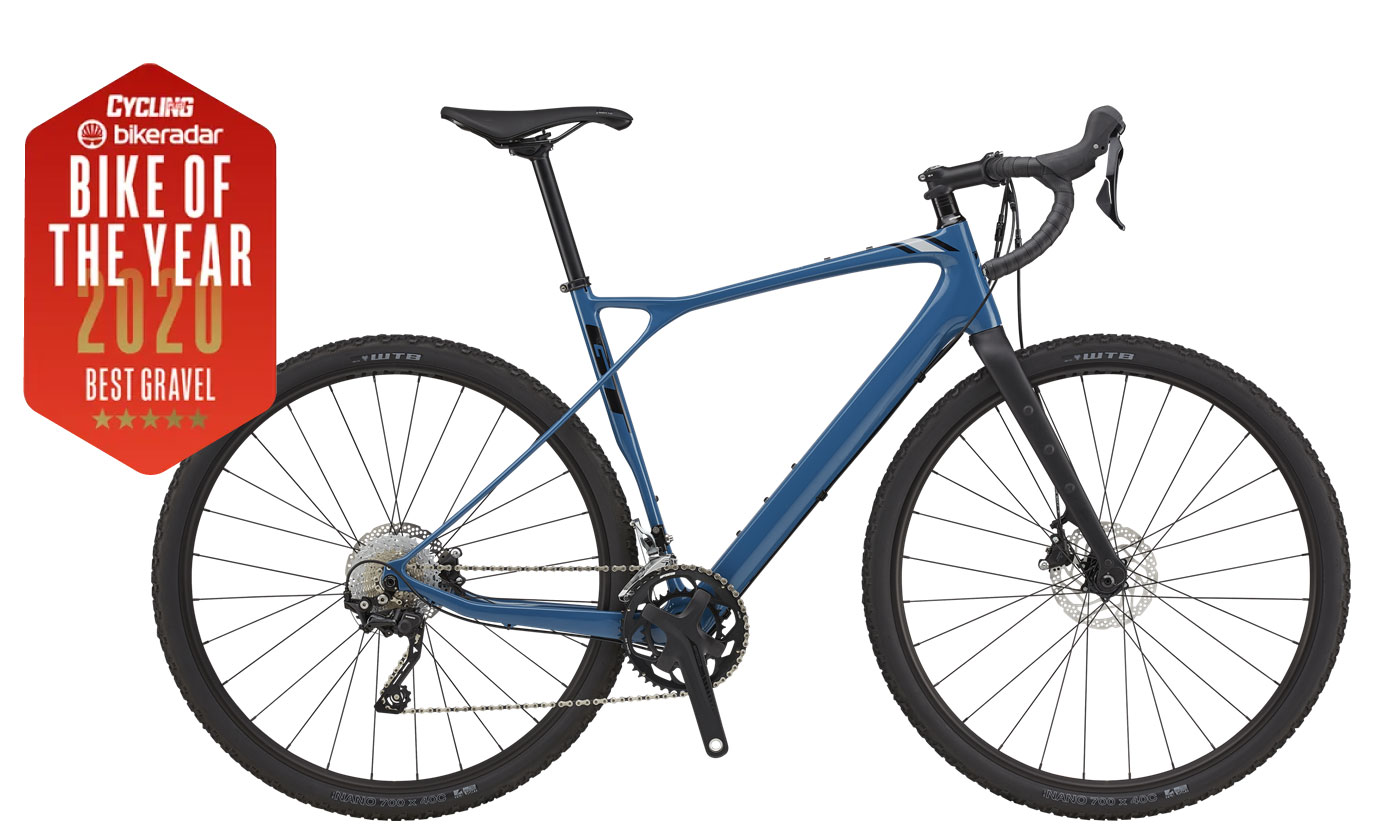
GT Grade Carbon Elite
It's so nimble yet surefooted, agile on road or off that in 2020 it earned Bike Radar's Bike of the Year Award in the gravel category. Read the review here!
What is gravel riding?
What is a gravel bike anyway?
Gravel bikes are multi-surface bicycles built to explore millions of miles of unpaved roads that roll on long after the pavement ends. They find the balance between the off-road capability of a mountain bike and the quick-rolling, lightweight feel of a road bike, giving you every benefit you need to explore far beyond the pavement.
Anatomy of a gravel bike


1. Long, stable geometry
Gravel bikes typically feature a longer wheelbase that helps elevate stability in rough terrain, and a slightly more open cockpit to boost comfort on long rides.
2. Tire clearance
To give you a boost of traction and comfort, gravel bikes typically offer more clearance for higher-volume (38c-45c), knobbier tires than those used for road bikes
3. Mounts for bags & cages
Gravel rides can take you far away from resources like water, bikes shops, and even cell service, so many gravel bikes come with mounts for cages, racks, and bags that let you load up with all the essentials you might need for the long-haul. Some even feature internal frame storage for stashing tools and gear!
Gravel bikes vs road bikes
Find out what sets them apart
Types of gravel surfaces

All-road
A little bit of everything. Smooth tarmac, rough pavement, rugged cobbles, and light gravel. Bikes for all-road riding should accept tires 32c-38c wide.

Gravel
Roads and paths with mixed surfaces ranging from hard-packed dirt to deep, loose gravel, and dusty, rocky terrain. Gravel riding is best done with tires 35c-45c wide.
Gravel bikes
Best for: Light gravel, rough gravel, and light singletrack
Cyclocross bikes
Best for: Dirt, mud, grass, and sand
What size gravel bike do I need?
The perfect bike fit will keep you cruising the choppy stuff with composure and comfort. Find out what size bike is the best fit for you with Trek’s bike size finder.
Get geared up for gravel

Adventure bags
Bike bags should have all the capability and gear storage you need to get outside — and stay there. Whether you are gravel riding, bikepacking, touring, or anything in between, Adventure Bags are ready to load up with rugged, waterproof protection for your gear.

What kind of tires?
From puncture protection to grip and size, many factors play a role in your perfect tire choice. A good rule to start with is, the rougher the gravel, the bigger the tire you want — just make sure they fit your wheels and bike.
How to start your gravel adventure
Pavement ends — adventure begins
Where can I ride gravel?
There are over a million miles of unpaved roads across the United States alone. Find out where you can find the best gravel rides near you, or incredible rides you can explore on your next gravel getaway. Adventure is waiting for you.
Gravel bikepacking & touring
Got an unquenchable thirst for adventure? Bikepacking and touring is your answer. Ride far beyond the beaten path and camp under the starts on bikes built to load up and roll way, way out there.

